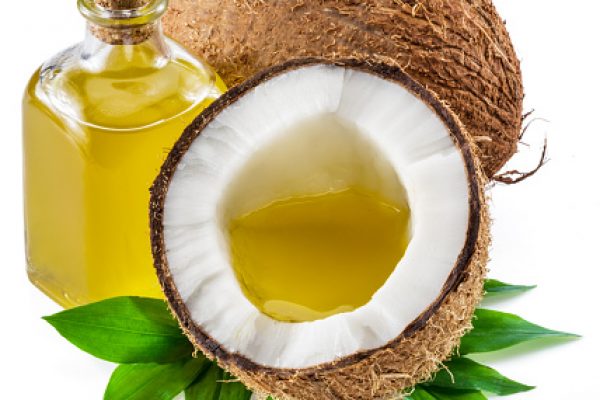Project Report For Coconut oil
Introduction
The Project Report For Coconut Oil Is As Follows.
Coconut oil is an edible oil that has been consumed in tropical locations for thousands of years. As It is utilised in the baking industry since it has a long shelf life and a melting point of 76 °F. A negative campaign against saturated fats in general, and tropical oils in particular, has led to the abandonment of coconut oil by most food makers in recent years in favour of hydrogenated polyunsaturated oils, mainly soy, which contain trans fatty acids. Studies on communities consuming high-coconut-oil diets demonstrate no negative consequences on population health.
As coconut oil contains more than 90% saturated fatty acids, it is less appealing to consumers. Saturated fat contains no unsaturation or double bonds and is usually solid at normal temperature. Coconut oil contains a high proportion of short and medium chain fatty acids. Because of the shorter chain length, fatty acids can be metabolised without the assistance of the carnitine transport system. Pharmaceuticals are made from various fractions of coconut oil. Butyric acid is used to cure cancer, whereas lauric acid is used to treat viral infections. As a result, the literature is examined in light of the rise in fat-related illnesses and diseases caused by the use of highly unsaturated oils.
The coconut palm is the most major perennial source of oil cultivated in India. Coconut farming covers the whole coastal strip as well as some inland areas. In comparison to all other oil seed crops, coconut has the best productivity and consistency in output. Coconut is less vulnerable to extreme weather conditions than other oil seed crops.

Types Of Coconut Oil
Harvesting: Mature coconuts are collected from coconut palm plants. These coconuts are generally dark in colour and have a firm shell.
Dehusking: The outer husk of the coconut is removed to reveal the hard shell below. This can be done either manually or with the help of machines.
Shelling: The hard shell is split open to reveal the white flesh or kernel inside. The kernel is removed from the shell and collected for further processing.
Drying: The coconut kernel is dried to lower its moisture content. This may be accomplished by putting it in the sun or by utilising specialised drying equipment. The dried kernel, commonly known as copra, is essential for oil extraction.
Extraction: There are two techniques for extracting coconut oil: dry process and wet process.
- Dry process: The copra is crushed or ejected to extract the oil. This can be accomplished using mechanical expellers or hydraulic presses. The resultant oil is referred to as virgin coconut oil.
- Wet process: The copra is grated before being mechanically pressed or extracted using solvents. To make refined coconut oil, the extracted oil is refined by methods such as bleaching and deodorising.
Filtering and packaging: To eliminate any contaminants or particles, the extracted coconut oil is filtered. It is then packed for distribution and sale in bottles, jars, or other containers.
Market Potential Of Coconut Oil
The market for coconut oil had a value of $3,440.00 million in 2020 and is projected to increase to $7,390.20 million by 2030 with a CAGR of 5.1%.
Coconut oil is a popular commercial product made from coconut. Increasing applications in cosmeceutical and personal care products, rising demand for odourless and tasteless coconut RBD oil in the food and beverage sector, and rising demand for clean-label goods will boost the coconut oil market.
Coconut oil is commonly used as a hair oil since it is an excellent hair care product that improves hair health, lustre, and growth. Because it has anti-aging, antibacterial, antioxidant, and anti-inflammatory effects, it is often used for body massage.
Furthermore, coconut oil is utilised in several Asian nations for cooking. Because coconut oil contains very few unsaturated fatty acids, it helps to maintain healthy cholesterol levels in the body, lowering the risk of heart disease. It is also used as a dietary fat in the manufacturing of filled milk, newborn milk powder, ice cream, and confectionery and pastry items in the food sector. Furthermore, the growing usage of coconut oil in personal care, cosmetics, chemicals, and the food sector is expected to enhance demand for coconut oil during the forecast period.
Project Report Sample On Coconut Oil
Need Help?
Create 100% Bankable Project Report
